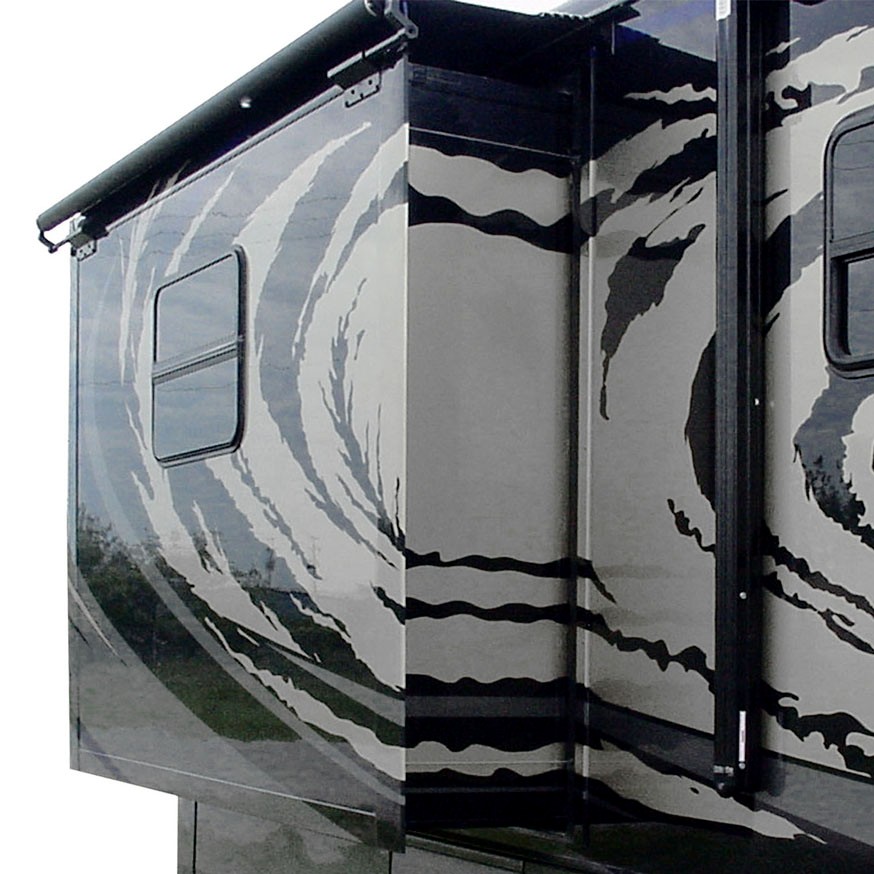NEWS
RV motor applications
An RV's slide system (often referred to as a slide-out or extension system) and the jack's motor application are two key functional elements in an RV's design. They respectively provide more living space and stable support for the RV. Below is a detailed description of both systems:

RV sliding system
RV sliding systems allow portions of the walls to move outward when the RV is parked, increasing interior space.
The system usually includes the following parts:
Slide Rails: Used to guide and support the sliding part to move smoothly.
Motor and Gearbox: Usually driven by one or more motors, equipped with gearboxes to provide the necessary torque.
Synchronization Mechanism: Ensures that the sliding part moves evenly and synchronously to prevent skew.
Seals: When the slide-out is closed, seals prevent water and air from penetrating into the interior of the RV.
Control Unit: The switch that operates the slide-out part, usually connected to a safety sensor to prevent accidental slide-out during driving.
How the sliding system works:
When the sliding system is activated, the motor begins to work, increasing power and controlling speed through the gearbox. Then, the drive gear rotates, causing the rack or chain on the slide rail to drive the sliding part outward. The entire process is monitored by a control unit, ensuring that all components operate in sync. When the preset position is reached, the system stops and the seal is pressed against the body of the RV to ensure air and water tightness.
Jack motor applications
Jacks (usually referred to as legs) are used to support your RV stably on the ground, especially when extending the slide system out. Electric jacks complete lifting tasks quickly and effortlessly.
Motor: The main power source used to drive the jack.
Lead Screw or Hydraulic System: Converts the rotational kinetic energy of the motor into linear lifting movements.
Foot Pad: Located at the bottom of the jack, it is used to evenly distribute the weight of the RV and provide a stable contact surface.
Control Unit: It can be a manual switch or a remote control device, used to control the lifting and lowering of the jack.
How the jack works:
When the jack's motor is started, the motor rotates the auger or piston, causing the jack to extend toward the ground. Once the foot pads are in contact with the ground, continue to raise the jack to slightly raise the RV to stabilize it and prevent it from shaking during use. Each jack operates independently, allowing the user to adjust the height of each corner to achieve optimal leveling based on ground conditions.
To ensure safety, these electric systems in modern RVs will often include sensors and safety locking mechanisms to prevent false start-up if the vehicle is moved or improperly operated. In short, these two systems greatly improve the convenience and comfort of the RV.
Get in Touch
*We respect your confidentiality and all information are protected.

